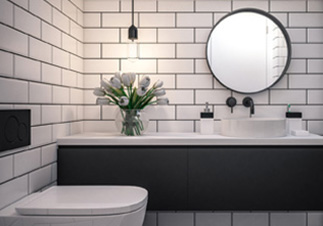
200 mesh sodium feldspar powder can partially replace raw materials such as soda ash. Its application in ceramics, glass fiber and refractory materials highlights its role in the physical and thermal properties of the final products in these industries.



Call Anytime:
+86 15837207537Send E-mail:
info@lsakminerals.com
• Si: Low Silicon and without free silicon, it's harmless to the body
• Al: High aluminum (Al 20%), has nepheline properties and good transparency
• Na: Na 11% around, fast burning at a lower temperature, save cost
| Product Code We Suggest | Chemical Analysis | Other Properties | |||||||||||||
| SiO2 | Al2O3 | Fe2O3 | TiO2 | CaO | MgO | Na2O | K2O | L.O.I. | Particle Size Distribution | Oil Absorption | Density | Mohs Hardness | |||
| % | % | % | % | % | % | % | % | % | D10 | D50 | D97 | g/100g | g/cm³ | ||
|
LASPAR.01.00P (100 Mesh) |
66.75 | 19.81 | 0.13 | 0.03 | 0.54 | 0.08 | 11.2 | 0.41 | 0.65 | 25μm | 58μm | 145μm | 22.41g/100g | 2.6 | 6 |
|
LASPAR.02.00P (200 Mesh) |
66.63 | 19.84 | 0.15 | 0.03 | 0.67 | 0.07 | 11.11 | 0.4 | 0.81 | 25μm | 40μm | 65μm | 22.41g/100g | 2.6 | 6 |
|
LASPAR.03.25P (325 Mesh) |
66.35 | 19.81 | 0.15 | 0.84 | 0.07 | 11.14 | 0.39 | 0.9 | 23μm | 30μm | 37μm | 22.41g/100g | 2.6 | 6 | |






Whether you have questions or you would just like to say hello,Contact us!
Call Anytime:
+86 15837207537Send E-mail:
info@lsakminerals.comAddress:
Anyang City , Henan Province, China.